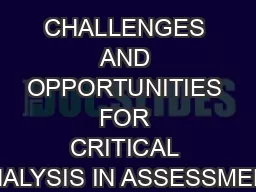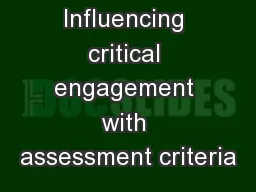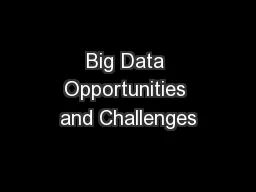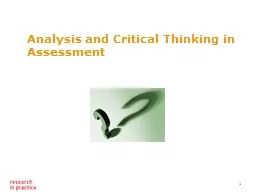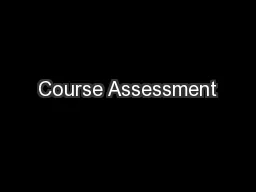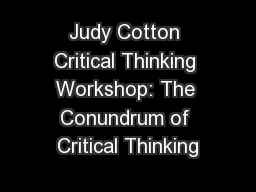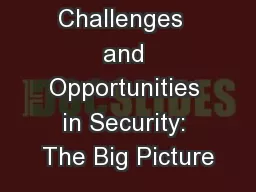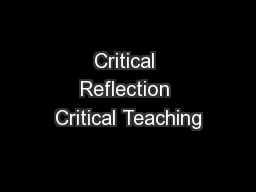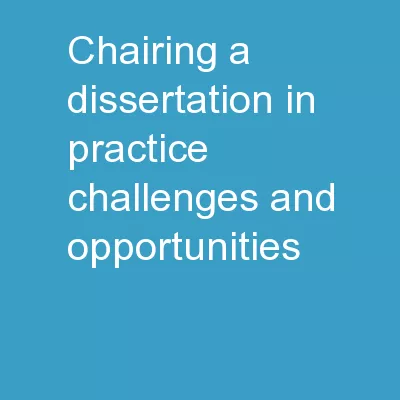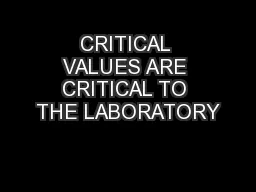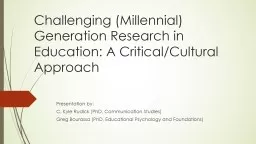PPT-CHALLENGES AND OPPORTUNITIES FOR CRITICAL ANALYSIS IN ASSESSMENT
Author : aaron | Published Date : 2018-03-09
Collection of information Supporting judgements Making decisions Good assessment unfocused directionless potentially dangerous practice Processing information
Presentation Embed Code
Download Presentation
Download Presentation The PPT/PDF document "CHALLENGES AND OPPORTUNITIES FOR CRITICA..." is the property of its rightful owner. Permission is granted to download and print the materials on this website for personal, non-commercial use only, and to display it on your personal computer provided you do not modify the materials and that you retain all copyright notices contained in the materials. By downloading content from our website, you accept the terms of this agreement.
CHALLENGES AND OPPORTUNITIES FOR CRITICAL ANALYSIS IN ASSESSMENT: Transcript
Download Rules Of Document
"CHALLENGES AND OPPORTUNITIES FOR CRITICAL ANALYSIS IN ASSESSMENT"The content belongs to its owner. You may download and print it for personal use, without modification, and keep all copyright notices. By downloading, you agree to these terms.
Related Documents

